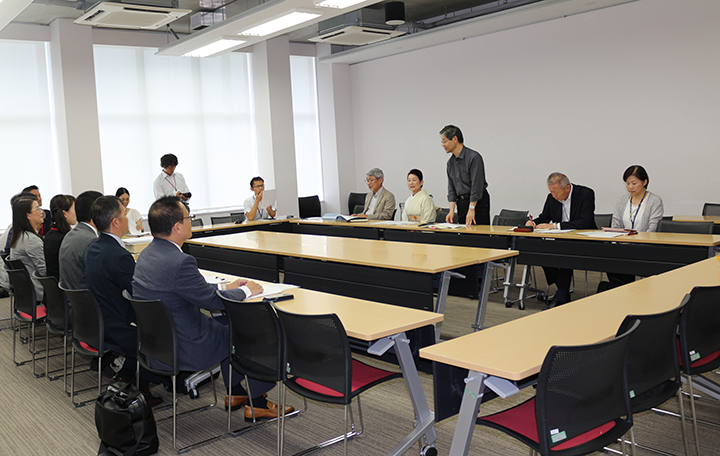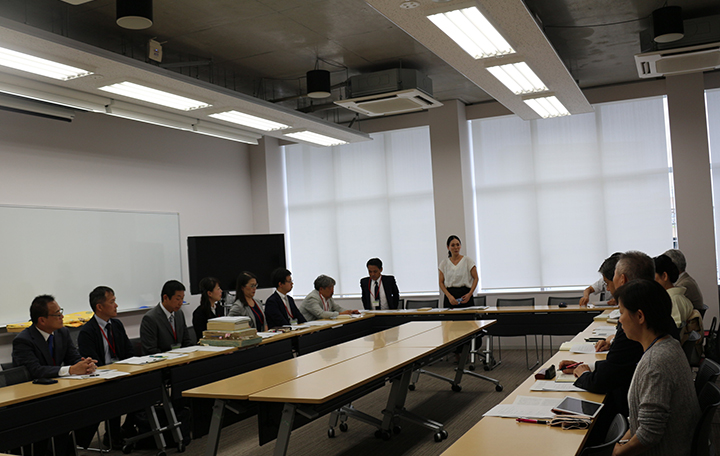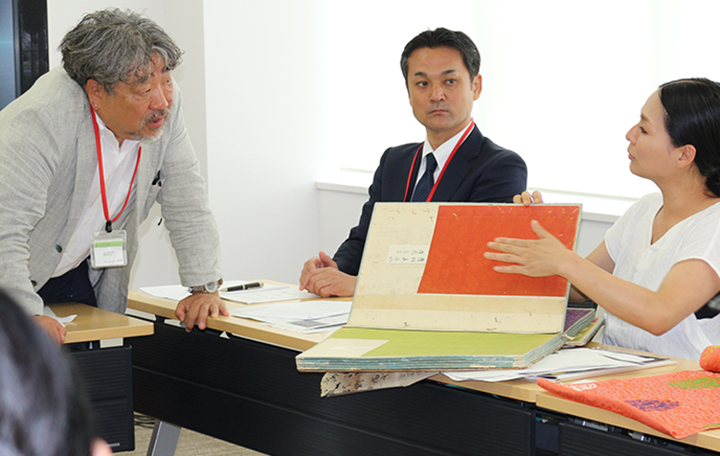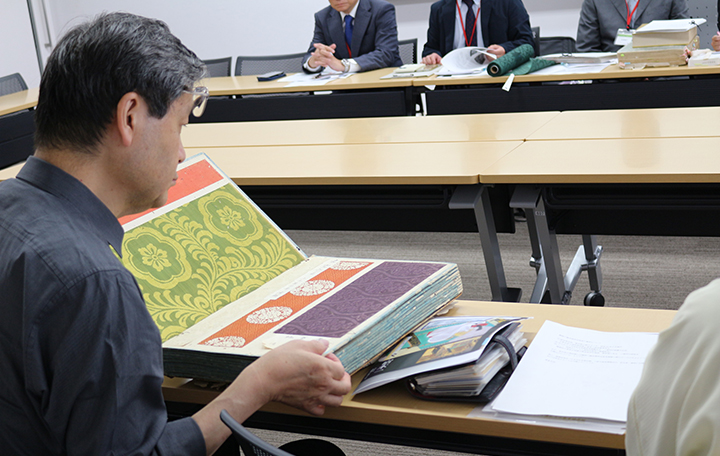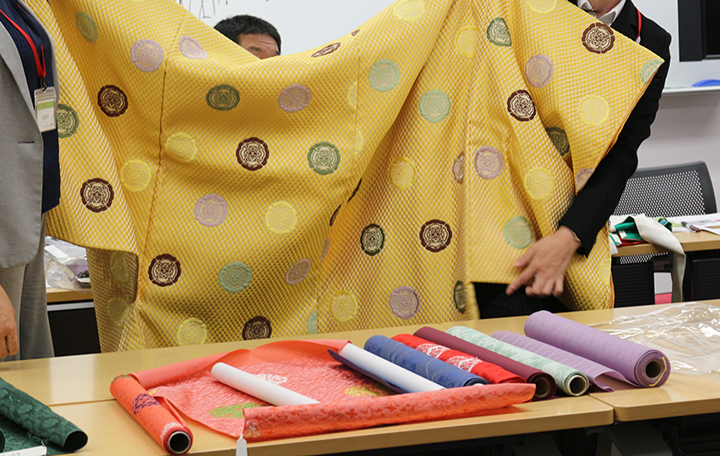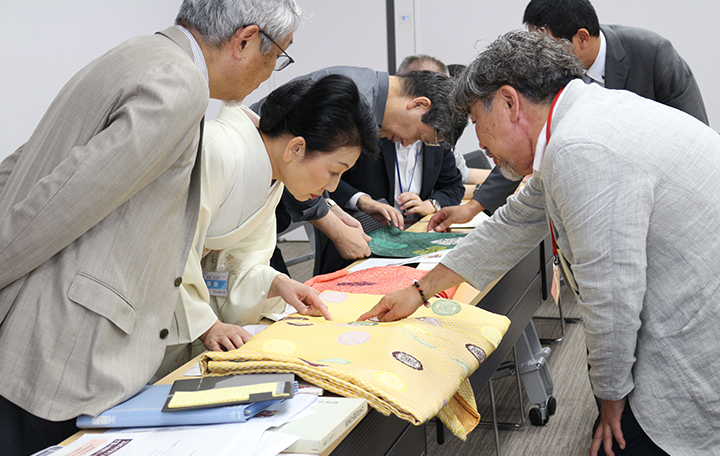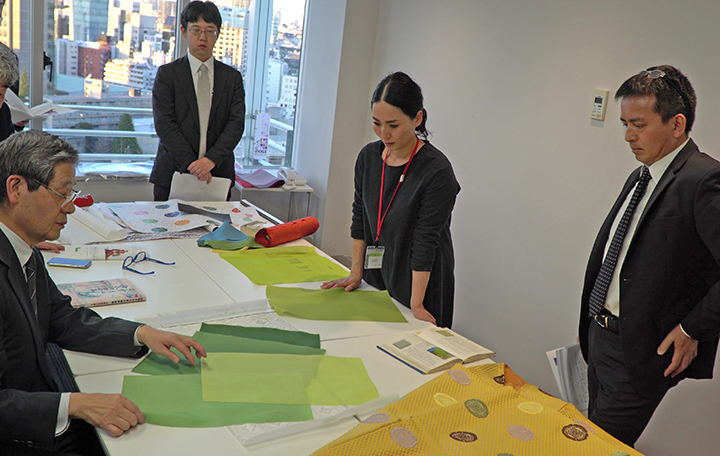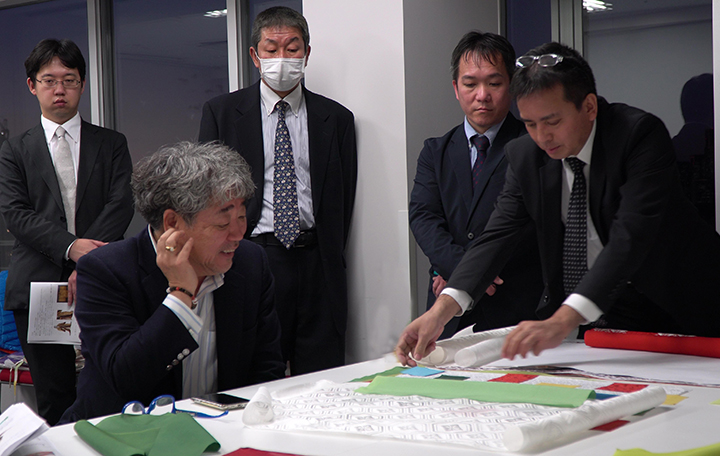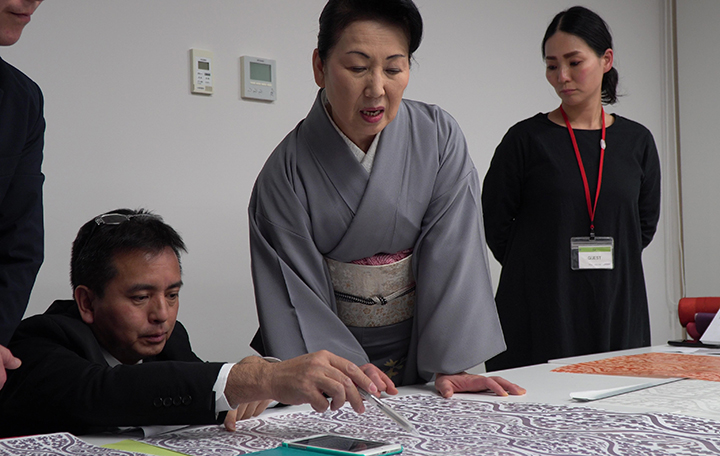Feeling The Tale of Genji
The Tale of Genji has had a significant impact not only on literary knowledge , but also on Japanese culture.
On this project, the attire of the Heian period based on the text of The Tale of Genji will also be restored founded on literary knowledge of social customs and culture. In addition, research will be promoted to allow visitors to experience the world of “The Tale of Genji” with the five senses under expert supervision by viewing twelve-layered ceremonial kimono and other attire of the Heian period, enjoying the fragrance of incense, and other experiences.
Restoring the Attire of the Heian Period Restoring the Attire worn by Women Who Appear in The Tale of Genji
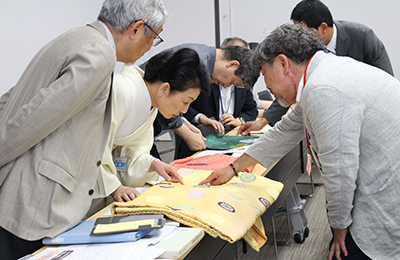
Attire that has been restored to date was not made using the methods of the Heian Period. This is because the methods of making attire of the Heian Period have not been passed down to modern times and it was only possible to decipher literature and other materials written from the Edo Period onward by reading.
This project aims to recreate the world of attire appearing in Japanese culture that extends from the days of the Heian Period and “The Tale of Genji” by restoring the attire of “Akashi no Kimi,” a character appearing in the Tale of Genji, under the guidance and supervision of experts from various fields.
*See the bottom of the page for details.
Kumiko (incense comparing game) appearing in The Tale of GenjiGenjo-ko (Genji incense ceremony)
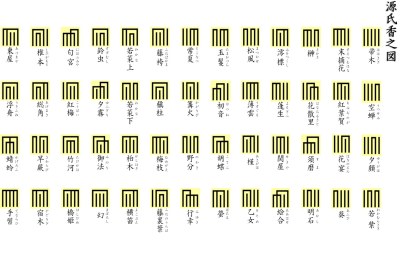
Kodo, or "the way of fragrance," is form of traditional Japanese culture in which slithers of fragrant wood are burned to enjoy the fragrance.
After incense appeared in Japan around the time that Buddhism was introduced in the Nara Period, the fragrance of incense was highly prized in the Heian Period and became a daily commodity for refined games in the court and aristocratic society, going on to become a form of art.
Kodo comprises two elements; So-called “Monko,” or apppreciating incense by sniffing its fragrance, and Kumiko, a kind of game in which participants try to distinguish between the fragrances of different kinds of incense.
“Genji-ko,” a type of Kumiko with its roots in The Tale of Genji, was formed in the Edo Period. Five different type of incense are each divided into five small packets, making a total of twenty-five packets, five of which are selected at random and the incense they contain burned. The participants must determine which scents are different and which are the same and record this in the form of patterns. Each pattern is comprised of five vertical lines representing each scent, combined with horizontal lines. There are 52 types of pattern, each bearing one of the names of one of the 54 chapters of The Tale of Genji with the exception of Kiritsubo and Yume no Ukihashi, or “The Floating Bridge of Dreams.”
Emondo (The Art of Dressing)
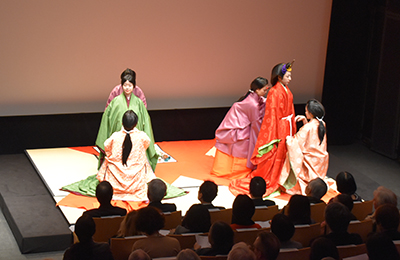
“Emon” refers to putting on attire of the Heian Period such as “Ikan Sokutai (full Japanese court dress)” and ”Juni Hitoe (twelve-layered ceremonial kimono)” in a way that shows off its beauty and dignity, while “Emondo,” meaning “the way of dressing” is an art that combines usages and practices relating to the attire of the ancient Japanese court.
Together with the Yamashina school, the Takakura School of Emondo who supervised the restoration of attire on this project oversees matters concerning attire in the modern-day imperial household and played a leading role in events surrounding the current emperor’s accension to the throne in 2019.
Restoring the attire of "Akashi no Kimi"
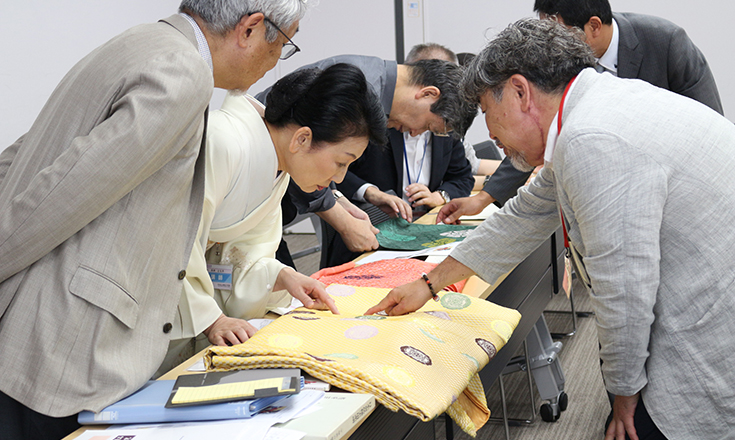
The restoration of attire involved not only reading about the attire of princesses who appeared in The Tale of Genji in literature and examining picture scrolls, but also careful studies into details such as the thickness of the thread used and the patterns and size of woven materials referring to materials such as sacred treasures stored in shrines including Tsuruoka Hachiman-gu and Atsuta Jingu shrines. Under the guidance and supervision of such personages as Sarasa Yoshioka, an expert on natural plant-derived dyes used to dye fabrics and Eika Takakura, the head of the Takakura School of Emondo, we are conducting research on areas such as methods of weaving used at the time in collaboration with experts on textiles and fabrics.
